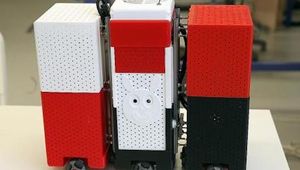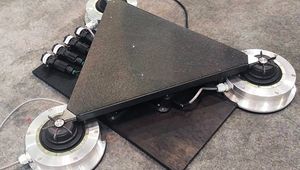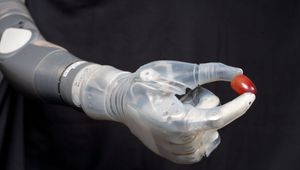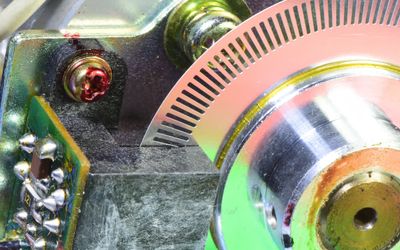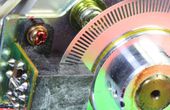Analog Devices MAX22516 IO-Link Data Link Controller
IO-Link Data Link Controller with Transceiver and Integrated DC-DC.
General
| Product Type | Semiconductors & ICs |
| Applications | Industrial Automation, IoT & Smart Systems, Power Management |
| Key Features | 24V C/Q transceiver, auxiliary digital I/O, 3.3V linear regulators |
Technical Specifications
| Product | Data Link Controllers |
| Interface Type | SPI, UART |
| Operating Supply Voltage | 8 V to 36 V |
| Operating Supply Current | 750 uA |
| Pd - Power Dissipation | 2.857 W |
| SD Protection | 3 kV |
| Mounting Style | SMD/SMT |
| Applications | IO-Link Sensor and Actuator Devices, and Industrial Sensors |
Overview
The MAX22516 by Analog Devices is a highly integrated IO-Link controller designed for harsh industrial environments. This device combines a 24V C/Q transceiver, auxiliary digital I/O, and built-in DC-DC, 5V, and 3.3V linear regulators into a compact package. Requiring minimal external components and need for constant microcontroller intervention, the device simplifies system design and reduces board space. For advanced control, UART or SPI interfaces are available. With several protection features, including reverse voltage, short circuit, and surge protection, the MAX22516 ensures reliable communication. Its flexible operation modes allow for either autonomous or microcontroller-controlled transceiver management. Ideal for space-constrained applications, the device is available in tiny WLP and TQFN-EP packages, operating across a wide temperature range.
MAX22516 IO-Link Data Link Controller Features
The Analog Devices MAX22516 IO-Link Data Link Controller is a highly integrated solution designed to simplify and enhance IO-Link communication. Let’s explore its notable features:
Enhanced IO-Link Communication
The MAX22516 is designed to optimize IO-Link communication by autonomously managing all master message requests. With support for COM3 at a 400μs minimum cycle time, the controller ensures high-speed communication and deterministic device response times. This highly integrated solution includes a complete data link layer, featuring handlers for messages, ISDU, events, pages, modes, and startup processes, making it an ideal choice for industrial applications.
Flexible Application Control
Offering flexible control options, the MAX22516 allows IO-Link transceiver operation in autonomous or direct mode via UART (TXEN, TX, RX) or SPI interfaces. The data link controller supports and includes, receive and transmit buffers for IO-link communication. Buffers for maximum-size process data, ISDU, event, and page data reduce the need for time-critical microcontroller intervention, which allows the microcontroller to focus on the application layer task.
Furthermore, the device supports standard IO-Link data rates (COM1, COM2, and COM3) and includes LED drivers with programmable sequences for adaptable indication. Its 15MHz SPI with burst mode capability enables efficient high-speed data transfer.
Integrated Power Management
The MAX22516 incorporates a high-efficiency 200mA DC-DC converter with adjustable output and precise 3.3V and 5V linear regulators for reliable power management. This design is ideal for compact sensor applications due to its efficient power delivery and small form factor. The availability of the device in small WLP and TQFN-EP packages further supports its use in space-constrained applications.
Design and Packaging
Built for harsh industrial environments, the MAX22516 includes comprehensive protection against reverse voltage, short circuits, and surges (up to ±1kV/500Ω). Its wide operating temperature range (-40°C to +125°C) and compact dimensions make it suitable for various industrial and automation applications.
Applications
The MAX22516 IO-Link Data Link Controller is ideally suited for IO-Link sensor and actuator devices operating in demanding industrial environments. Its robust design and integrated features enable the creation of compact and efficient sensors and actuators. By offloading data link layer processing from the microcontroller, the MAX22516 allows for focus on sensor-specific algorithms and higher performance. Its robust design, integrated features, and support for IO-Link data rates (COM1, COM2, COM3) make it ideal for compact, space-constrained sensor designs requiring precise and reliable data communication.
Where to find it

Mouser Electronics
Mouser Electronics is a worldwide leading authorized distributor of semiconductors and electronic components.
